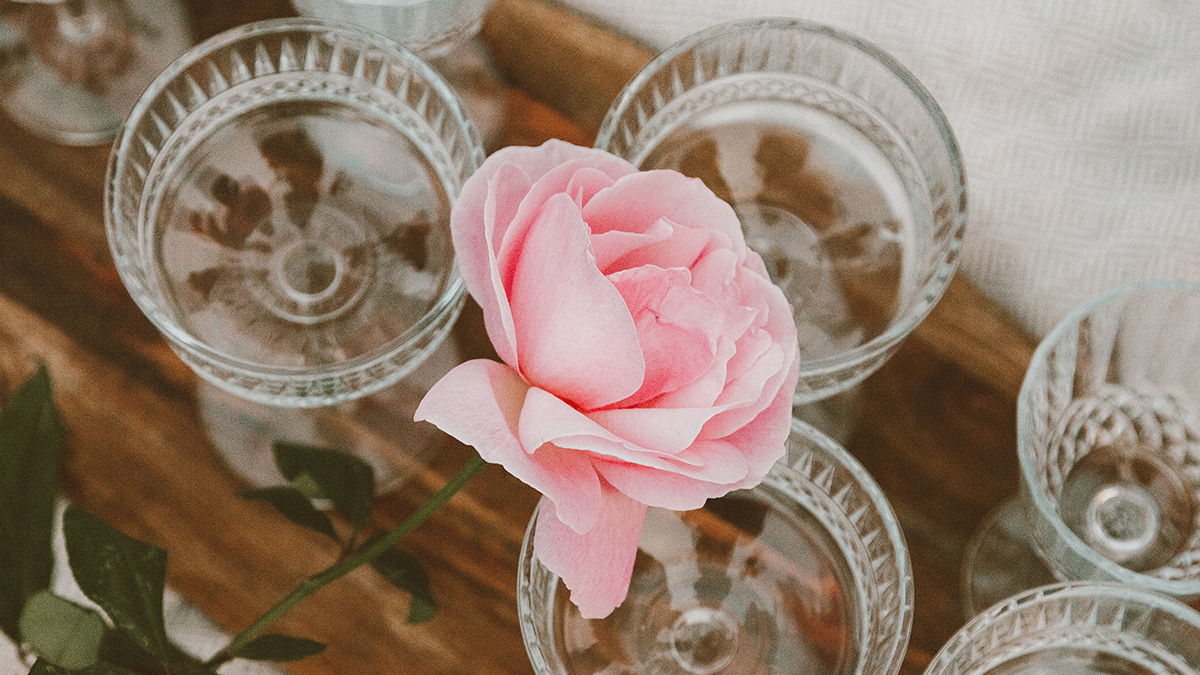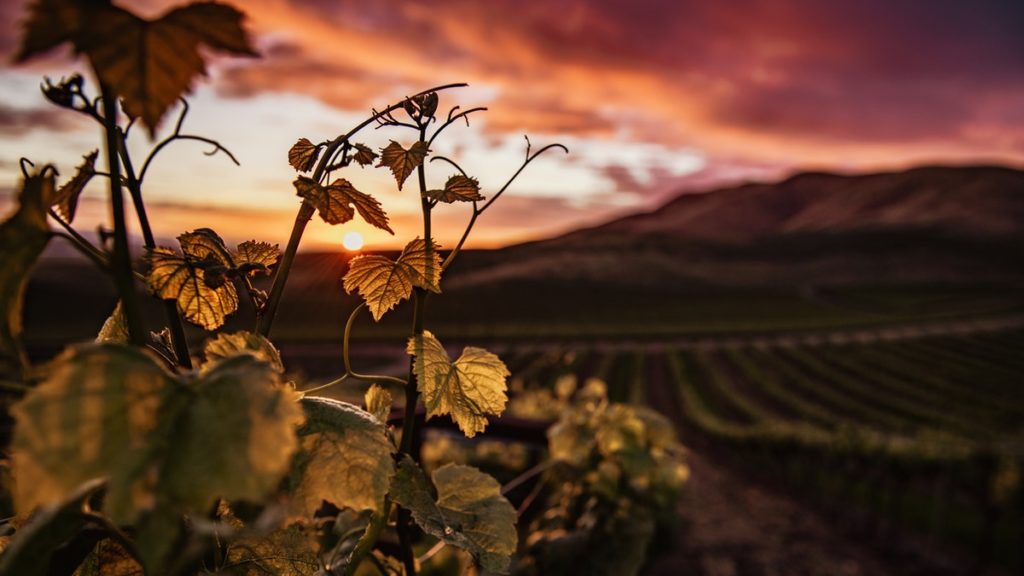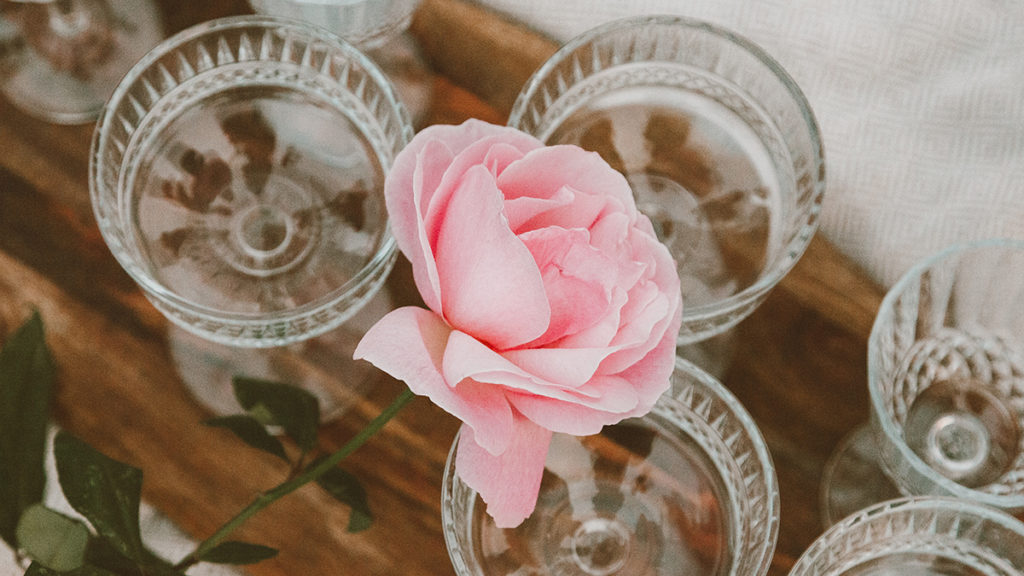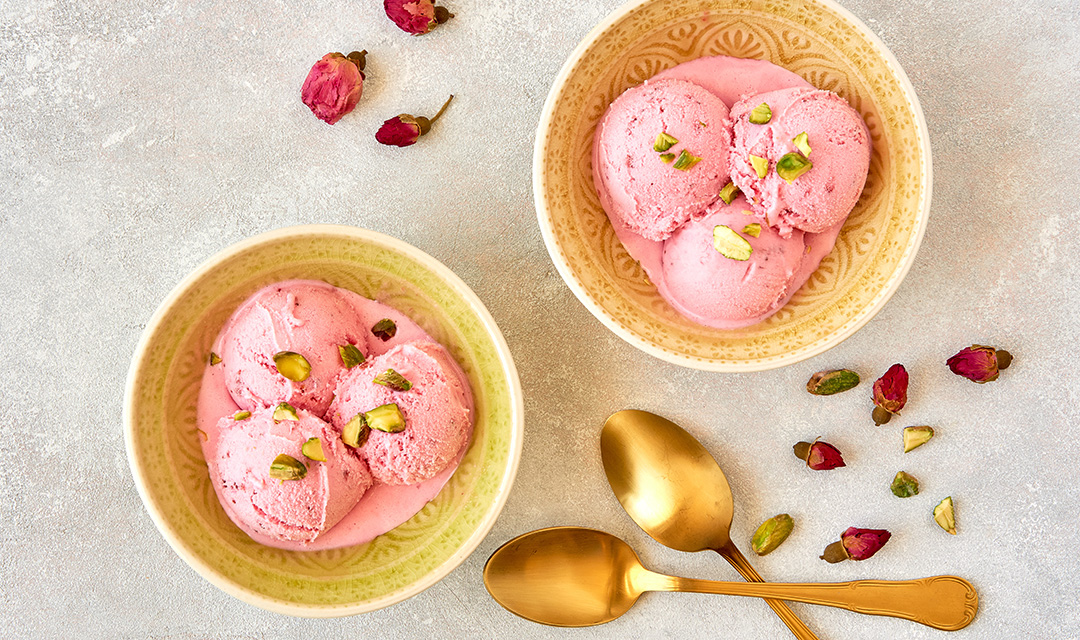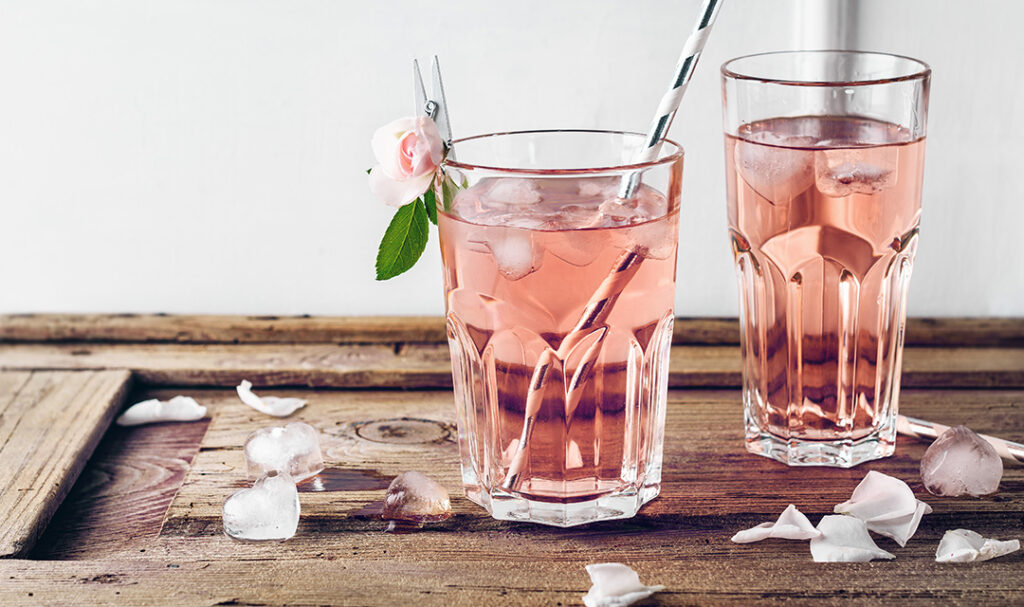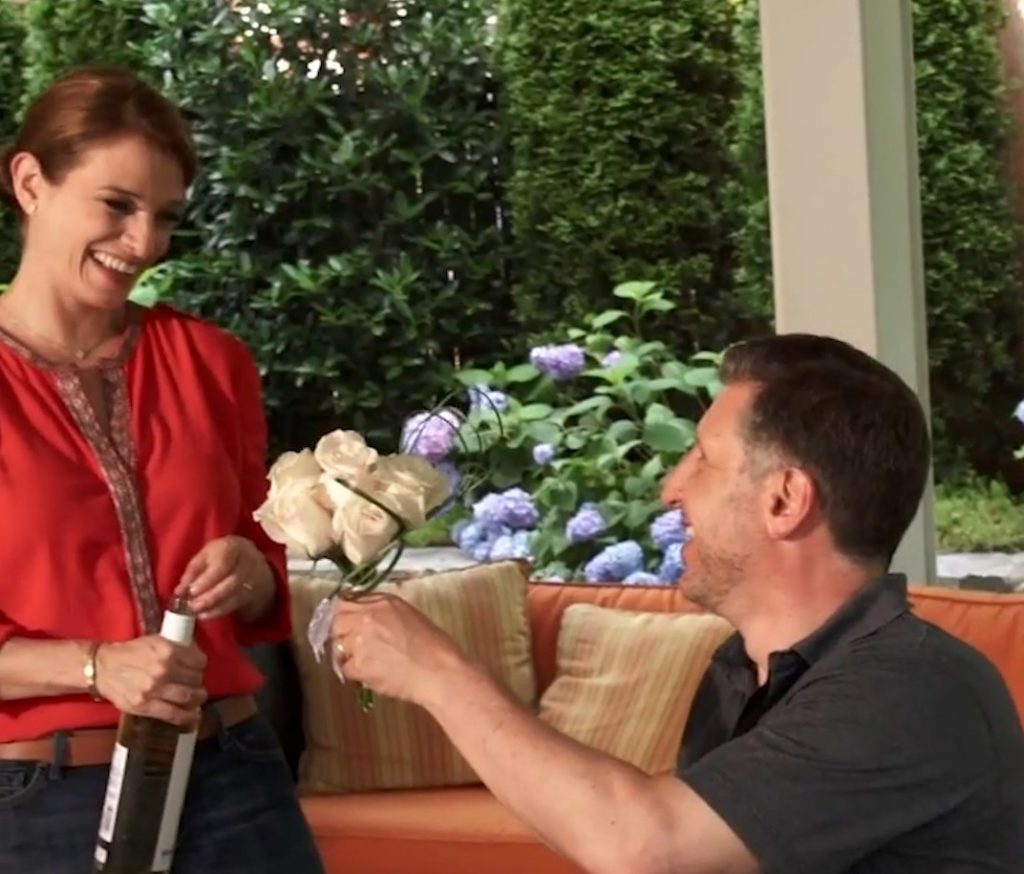In my early days of new motherhood, I was caught in a whirlwind of euphoric love, feedings, doctor’s visits, family visits, and keeping our 450-square-foot apartment — which had turned into “baby central” — from falling into an abyss of clutter.
“Me” time? It wasn’t happening. Sure, I had managed a date night here and there with my husband (thanks to my mom) and a quiet walk or two (thanks to my husband), but it wasn’t until my first Mother’s Day rolled around that I was ready to pause and celebrate all that I had accomplished growing this little one. And, now, making a new life with him.
This lineup of gifts for new moms this Mother’s Day has celebratory self-care and the little pleasures in “life before baby” in mind.
1. “Feeling Sunny” Coffee and Cookies Gift Box
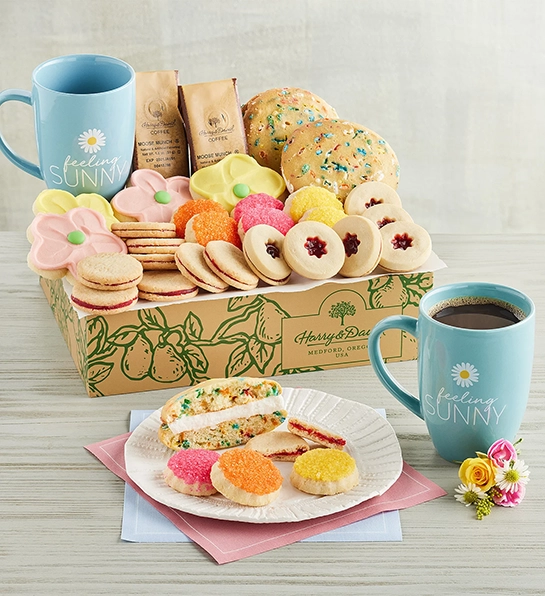
Coffee-loving new moms love it for the energy boost, but the ritual of enjoying a great cup of coffee from start to finish is a rare occurrence. This gift basket, replete with a beautiful new mug, the deep flavors and aromas of two types of coffee, including two dozen cookies and other treats, puts the joy back into her java.
2. Sunny Days Fruit and Cheese Gift Box

After nine months of being unable to enjoy blue and soft-ripened cheeses, every cheese-loving new mom will yelp with joy after unwrapping this gourmet cheese and fruit topper box. This duo of artisan cheeses covers a wide-ranging palate: sharp white cheddar and a salty yet creamy Gouda.
3. Wild Ahi Tuna Steaks
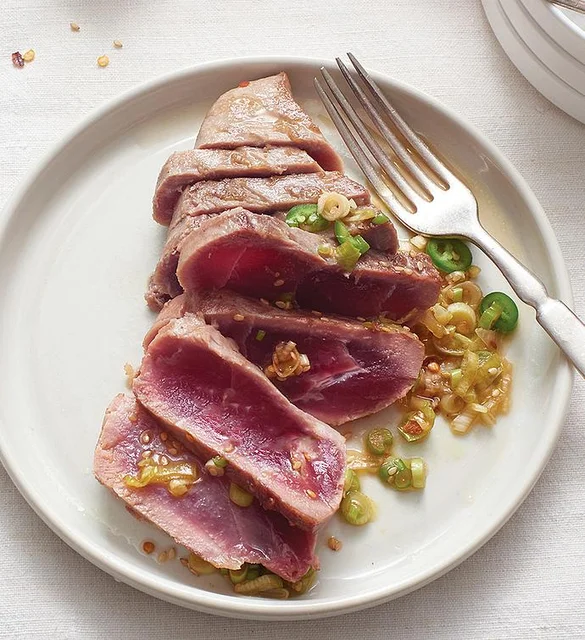
Sushi is another food pregnant women have to forgo during pregnancy. Hence, a gift of these delectable, line-caught, sushi-grade yellowfin tuna steaks brings one of her favorite foods to her doorstep to enjoy any time she likes, and in recipe-ready portions. We recommend searing them.
4. Embroidered Luxury Ivory Fleece Robe

Downtime for a new mom feels that much better when she’s wrapped in the cozy comfort and relaxation of this luxurious fleece bathrobe — and monogramming it gives it a special touch. Surprise her by embroidering it with an inspirational moniker, such as a favorite nickname or “Awesome Lady,” and this robe is now a power garment!
5. Relaxing Self Care Gift Box

This gift epitomizes “Me Time.” Take the baby for a walk so mom can take herself to the land of bliss. Mineral bath salts, hand cream, an eye mask, and a scented candle will help her imagine being in a fortress of solitude.
6. Sweets & Sparkling Wine Bar

Set the scene for celebration with this fun Mom-osa bar, which includes two sparkling wines along with an assortment of baked treats, including cookies, brownies, and mini cakes. Invite her friends over and offer it as part of a brunch spread. Or, save it and wake her up to something other than the baby that, too, is sweet and bubbly!
7. Aromatherapy Shower Steamers
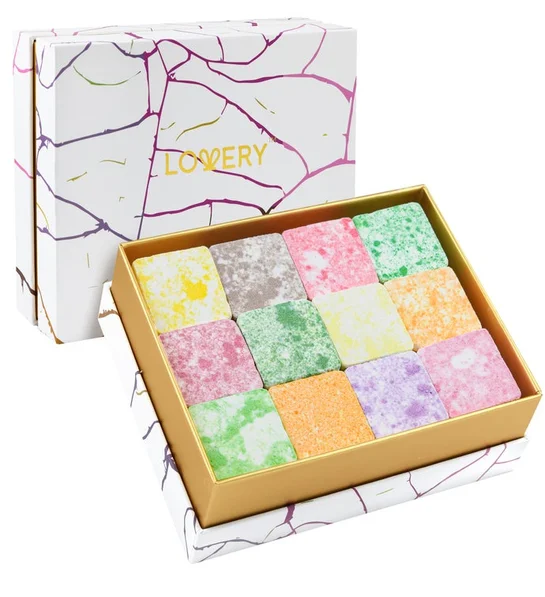
New moms love nothing more than luxuriating in a hot bath – but not every new mom has time for one. Make her shower time something to look forward to with these shower steamers, which come in 12 scents that are sure to put her in a state of calm and relaxation.
8. One-of-a-Kind Bouquet

Creating a one-of-a-kind flower bouquet is a great way to celebrate a new mom’s beauty, grace, and unique personality. A stunning custom arrangement can include a unique flower from her wedding bouquet or blooms she treasured growing up. It’s a Mother’s Day gift that reminds the new mom that even though she might be exhausted, she is still a queen.

